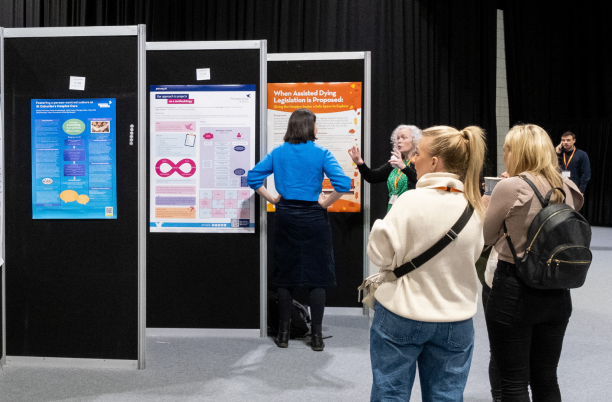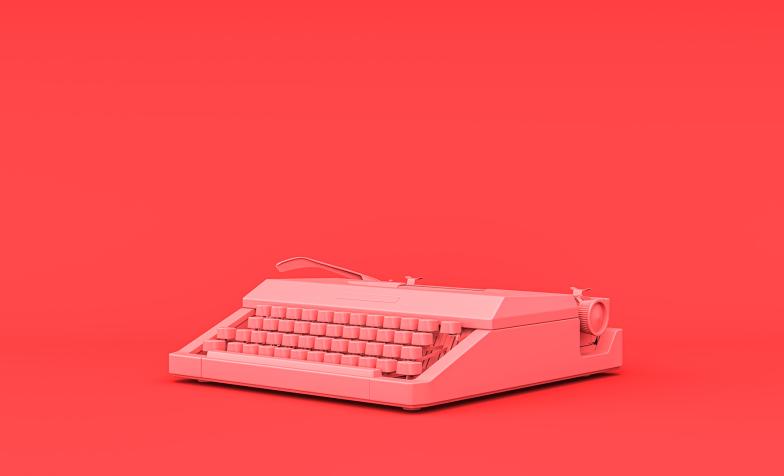
Top tips on how to make a great conference poster

Poster exhibitions offer fantastic opportunities to share your work, create conversations and build networks with others interested in the topic.
Read on for tips on creating an effective and compelling poster for any conference.
Title
How to make a great conference poster
Make your poster comfortable to read
Design your poster so that it can be read comfortably by someone standing in front of it. This means larger print and less information than you would put in a paper or report, so that the content is not too small and difficult to read.
Focus on the main points
As in a talk, identify the points you really want to put across to the audience and concentrate on those. Your poster content should match and add to your accepted abstract’s headings and details.
Make sure you explain why you did this work and why it is significant. Nobody has to read your poster, so it is up to you to make sure that readers are engaged by a clear statement about the purpose of your project.
Tell a coherent story
Reading a poster can be more difficult than reading a paper because there isn’t a built-in sequence, and the poster presents everything at first sight. This means that you need a strong structure to help guide your readers. Think about what will make people stop and look at your poster.
Use graphics thoughtfully
Pictures are visually striking and, if well designed, can convey a great deal of information in a small space. But they need to be relevant.
Make sure that graphs are readable (thick lines, large axis scales) and not too complicated (clear captions with a key to symbols). Remember several people may be reading your poster at any given time and you will not always be there to explain its content.
Make sure you have consent to use (for example) photos or images.
Make the poster easy to navigate
Avoid complicated, 'busy’ layouts with lots of small pieces of text. Remember that readers of English will normally start at the top left-hand corner (so don’t put your introductory panel on the right).
Consider using arrows as navigational aids if the information flow is complicated, e.g., if there were three possible ways to tackle the problem and you tried all three.
Some people (but not all) use the headings of introduction, methods, results, findings, discussion (or conclusion).
Help people to contact you
Include your name, organisation, logo, and contact details on the poster, so that people can contact you later. All abstract authors should be named on the poster, but only one contact detail is necessary (e.g., email, organisation, or social media handle).
Check for typos
Before you produce the final version of your poster, ask someone to read it through to be sure that it makes sense and to check for any spelling errors.
Leave enough time to get the poster designed and printed
You may choose to print your poster on paper or fabric, with your own local provider or a commercial company. This means that it is important to give yourself time to think about the content and design of the poster and check with your chosen printer about their deadlines and preferred format for printing.
Make sure you give yourself enough time to design, print and receive your poster before the conference.

